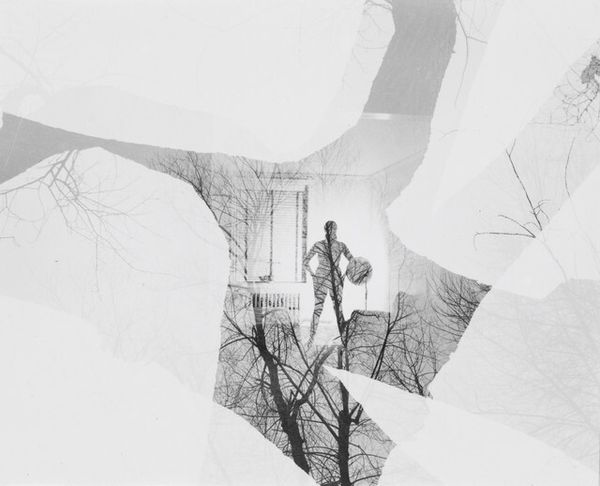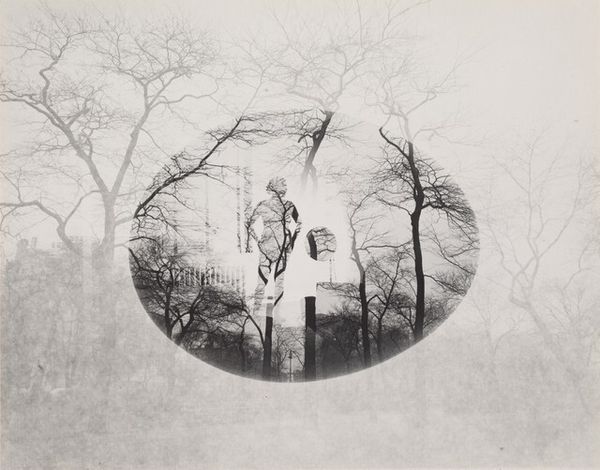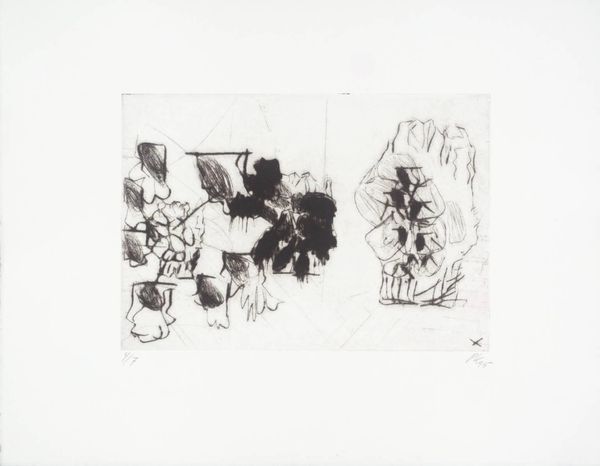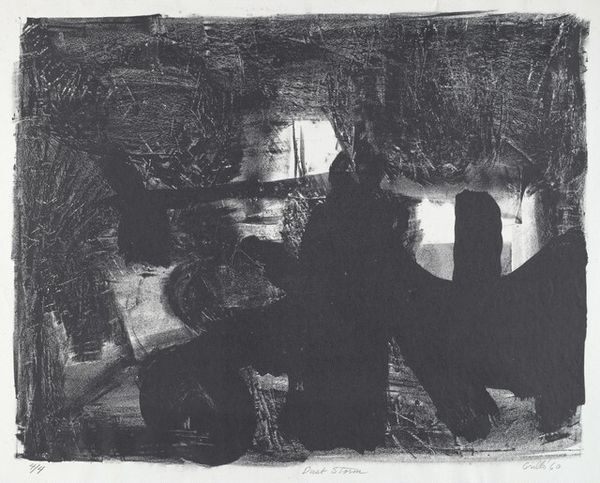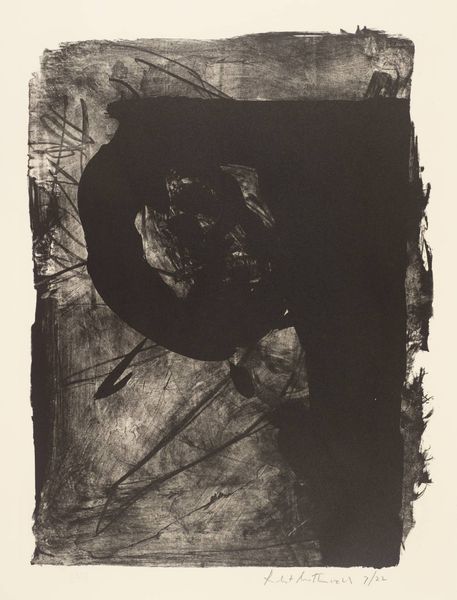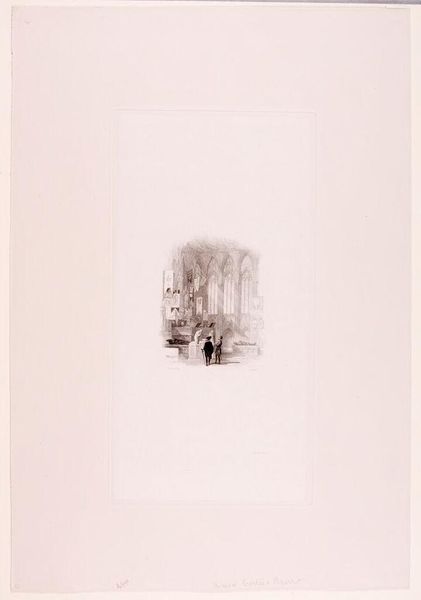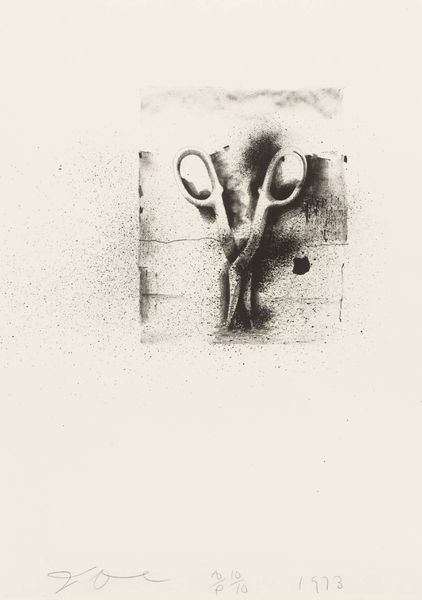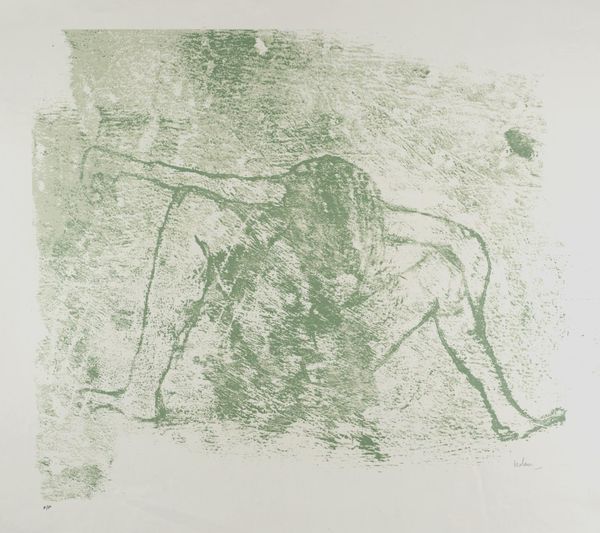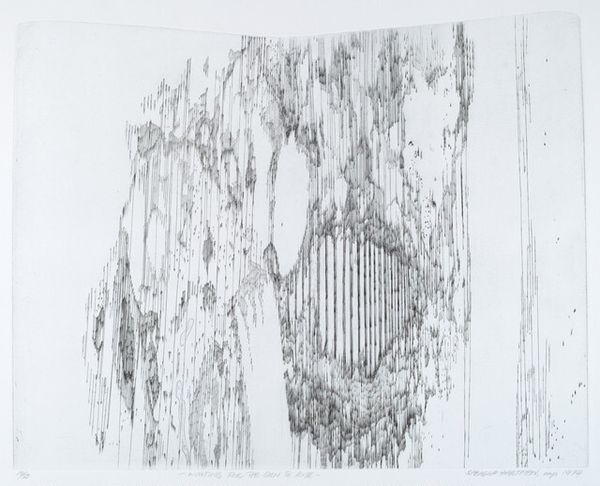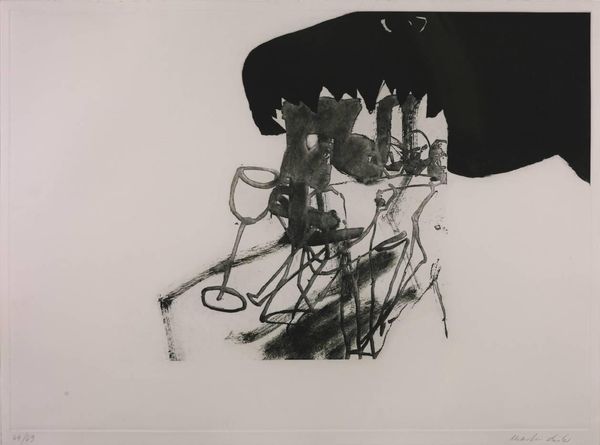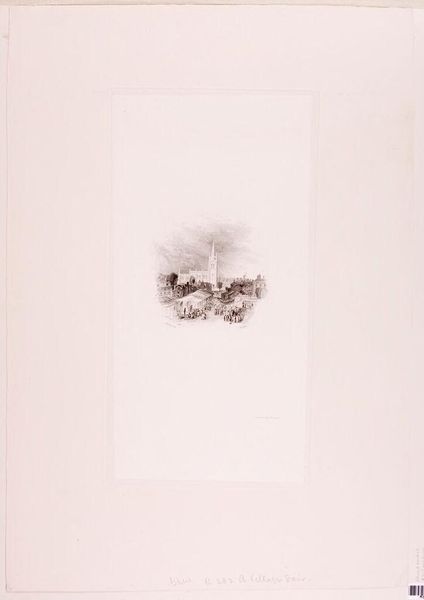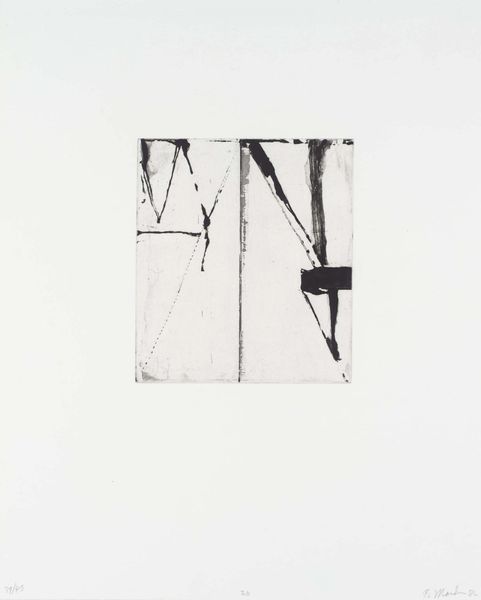
photography, gelatin-silver-print
#
portrait
#
landscape
#
photography
#
gelatin-silver-print
#
modernism
Dimensions: sheet (trimmed to image): 9.4 x 11.7 cm (3 11/16 x 4 5/8 in.) support: 25.2 x 20.1 cm (9 15/16 x 7 15/16 in.)
Copyright: National Gallery of Art: CC0 1.0
Editor: This is Harry Callahan’s "Eleanor, Chicago" from around 1952, a gelatin silver print. The image is so surreal with what appears to be a silhouette of a woman, probably Eleanor, layered within what looks like a dense thicket of trees, forming a somewhat heart shape. What do you see in this piece? Curator: I see Callahan engaging in a complex dialogue about the female figure within both domestic and natural spaces. Consider the historical context: mid-20th century, a period defined by rigid gender roles. Eleanor, his wife, is simultaneously presented as a nurturing figure – the heart-like shape perhaps alluding to that – and somewhat entrapped within societal expectations represented by the dense, almost claustrophobic, layering of the forest. Does that resonate with your reading of the piece? Editor: That's interesting. I hadn't thought about the feeling of entrapment. I was mostly drawn to the beauty of the layered effect, how he melds figure and landscape so seamlessly. The heart shape seemed more straightforwardly romantic to me. Curator: And that initial romantic reading is valid! However, I'd encourage you to consider it in contrast to the stark reality for women at that time. Think about the lack of agency, the pressure to conform. Callahan might be subtly commenting on that tension: love intertwined with social constraints. How does knowing that, or at least considering it, change how you perceive Eleanor’s position within the frame? Editor: It makes the image more complex, definitely. The ethereal quality now has a melancholic undertone. The layering becomes less about visual harmony and more about the multiple roles and expectations imposed on women. Curator: Exactly. By intertwining his wife with the landscape and architecture, Callahan isn't simply creating a portrait; he’s situating her within a broader social and political landscape. And that landscape, despite its beauty, is not always liberating. Editor: This has given me a lot to think about! I originally saw this as a beautiful, almost straightforward portrait, but now I see layers of social commentary interwoven with personal expression. Curator: Precisely. And that tension, that complexity, is what makes Callahan's work so compelling and endlessly relevant.
Comments
No comments
Be the first to comment and join the conversation on the ultimate creative platform.
